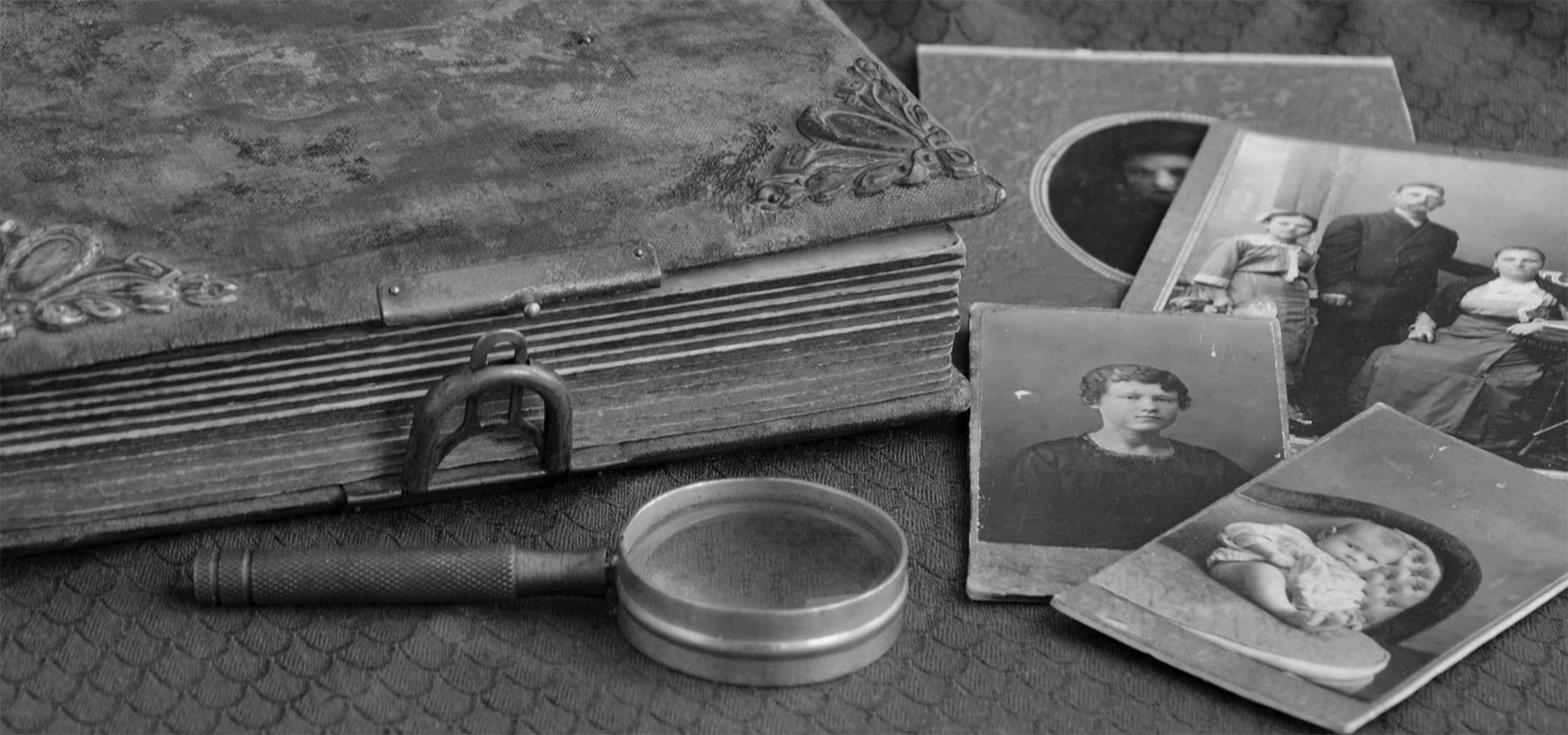
Professional Genealogy: A Manual for Researchers, Writers, Editors, Lecturers, and Librarians, edited by Elizabeth Shown Mills and published in 2001, is a manual by professionals for everyone serious about genealogy. This book is sometimes referred to as Progen I, to distinguished it from the 2018 book, Professional Genealogy: Preparation, Practice & Standards, also edited by Mrs. Mills and referred to as Progen II. Progen II features entirely different cast of authors from its predecessor and it addresses the changes in the field of genealogy over the last generation: computerization, the Internet, availability of online sources, DNA, and so on. The National Genealogical Society recently awarded Progen II its coveted “best reference” award. (By contrast, the focus of Progen I is upon career management, research planning, transcribing and abstracting, writing research reports editing and publishing, classroom teaching, proofreading and indexing, and related tasks. Since mastery of these skills is still crucial to serious genealogy, Progen I retains its importance.
For family historians who want to do their own study, reliably, Progen I describes the standards. For hobbyists, attorneys, and medical scientists who seek professional researchers, it’s a consumer guide that defines quality and facilitates choices. For librarians who struggle to help a whole new class of patrons, it provides a bridge to the methods, sources, and minutiae of “history, up-close and personal.” For established genealogical professionals, it offers benchmarks by which they can advance their skills and places their businesses on sounder footing. And for all those who dream of turning a fascinating hobby into a successful career, Professional Genealogy details the preparation and the processes.
Consider the following excerpt from Progen I describing the principles of evidence, from Chapter 17, “Evidence Analysis,” authored by the late Donn Devine:
Current Principles Concerning Evidence
Understanding Basic Terms
Popular genealogy recognizes the need to document sources and evaluate evidence in order to obtain proof, but it frequently treats these three terms–sources, evidence, and proof– as though they were variant names for the same concept. The confusion reflects genealogy’s mixed heritage from history and law. A careful consideration of the differences between these terms can help us analyze the information we obtain and establish the facts about family relationships.
SOURCES
Sources, in the genealogical context, are any means (person, document, book, artifact, or repository) through which we acquire information. The concept comes from the social sciences-particularly history, from which genealogy draws much of its research methodology. Historians traditionally considered only sources in documentary form. More recently they have turned to oral history–recorded or transcribed interviews with participants and witnesses–to fill gaps in the documentary record. Yet modern genealogists apply the term source to a significantly broader range of materials than those consulted by the traditional historian-from such memorabilia as samplers and quilts to such artifacts as tombstones, weapons, and home furnishings. All are records capable of yielding evidence.
EVIDENCE
Evidence is the information the source provides-a concept borrowed from law. (While commentators on the methodology of historical research discuss using sources as evidence for proving or disproving hypotheses, the term evidence is otherwise rarely encountered in the social sciences.) In the legal setting, a judge makes the selection, and the jury sees or hears only those sources deemed admissible. In genealogy, we personally select our evidence from the mass of available sources and then evaluate it for credibility and relevance to the matter in question.
PROOF
Genealogical proof is the thought process by which we reach a convincing conclusion (assertion of fact) based on the evidence (information statements) we gleaned from the sources (people, documents, books, artifacts, or repositories) we examined.
If you don’t own a copy of Professional Genealogy, you should consider doing so now. It’s available in a quality paperback edition.





